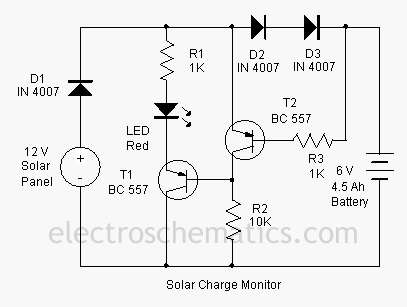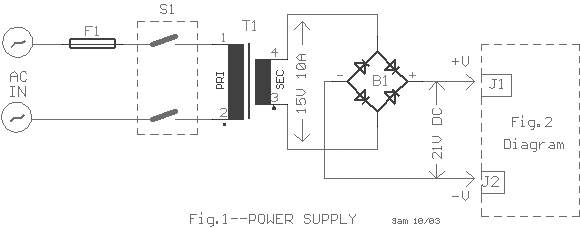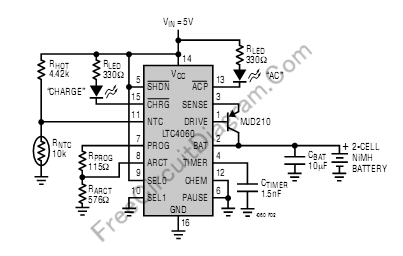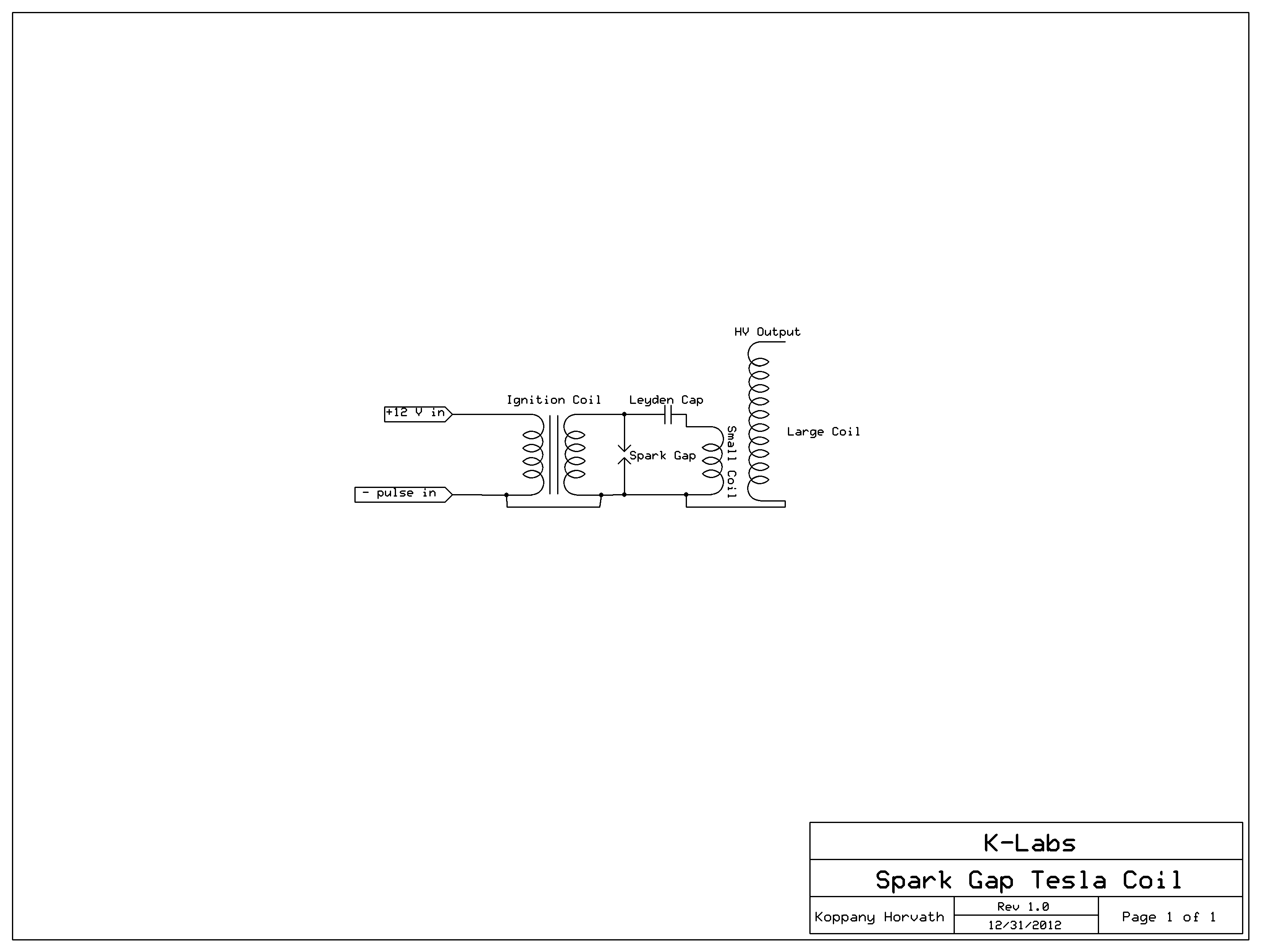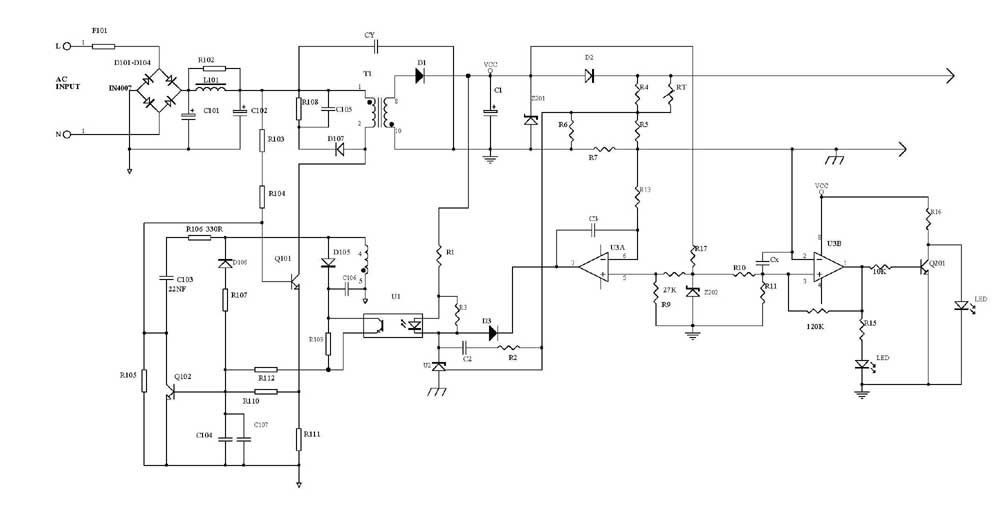
resistors About a homemade SLA battery charger
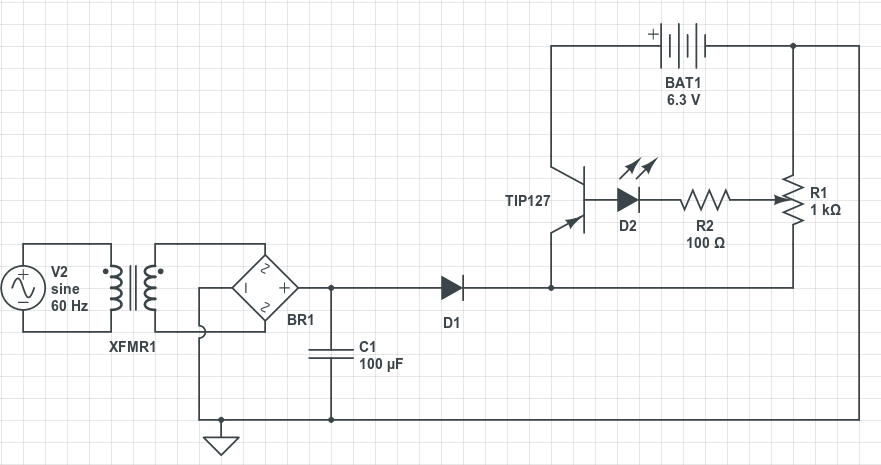
The circuit serves an educational purpose, necessitating simplicity. The construction will utilize only components that are already available, including a variety of resistors, capacitors, transistors, and no integrated circuits (ICs).
The circuit is designed to demonstrate fundamental electronic principles through a straightforward assembly of passive and active components. The choice of components, such as resistors and capacitors, allows for the exploration of basic concepts like voltage division, filtering, and time constants in RC circuits. Transistors will be employed to illustrate their role in signal amplification and switching functions.
For instance, a basic RC low-pass filter can be constructed using a resistor and capacitor in series, with the output taken across the capacitor. This configuration allows for the examination of how the circuit responds to different frequencies, providing insights into the behavior of reactive components. The cutoff frequency can be calculated using the formula f_c = 1 / (2πRC), where R is the resistance and C is the capacitance.
In addition, a simple transistor amplifier can be created using a common-emitter configuration. This setup will involve connecting a transistor with appropriate biasing resistors to ensure it operates in the active region. The input signal can be fed through a coupling capacitor to block any DC offset, while the output can be taken across the load resistor connected to the collector. This arrangement will allow for the analysis of gain and input/output characteristics.
By limiting the construction to available components, the circuit not only serves its educational purpose but also encourages resourcefulness and creativity in circuit design. Overall, this project aims to provide a practical understanding of basic electronic components and their interactions in simple circuits.The circuit has educational purpose, so being simple is a must. I`m also trying to build it only with components that I already have (a bunch of resistors, capacitors, transistors and none IC). 🔗 External reference
The circuit is designed to demonstrate fundamental electronic principles through a straightforward assembly of passive and active components. The choice of components, such as resistors and capacitors, allows for the exploration of basic concepts like voltage division, filtering, and time constants in RC circuits. Transistors will be employed to illustrate their role in signal amplification and switching functions.
For instance, a basic RC low-pass filter can be constructed using a resistor and capacitor in series, with the output taken across the capacitor. This configuration allows for the examination of how the circuit responds to different frequencies, providing insights into the behavior of reactive components. The cutoff frequency can be calculated using the formula f_c = 1 / (2πRC), where R is the resistance and C is the capacitance.
In addition, a simple transistor amplifier can be created using a common-emitter configuration. This setup will involve connecting a transistor with appropriate biasing resistors to ensure it operates in the active region. The input signal can be fed through a coupling capacitor to block any DC offset, while the output can be taken across the load resistor connected to the collector. This arrangement will allow for the analysis of gain and input/output characteristics.
By limiting the construction to available components, the circuit not only serves its educational purpose but also encourages resourcefulness and creativity in circuit design. Overall, this project aims to provide a practical understanding of basic electronic components and their interactions in simple circuits.The circuit has educational purpose, so being simple is a must. I`m also trying to build it only with components that I already have (a bunch of resistors, capacitors, transistors and none IC). 🔗 External reference
